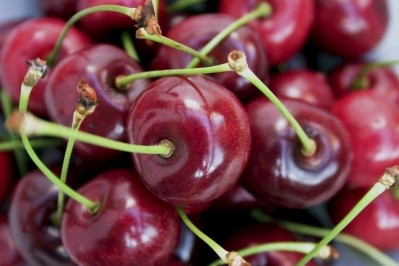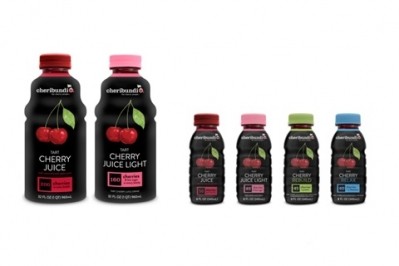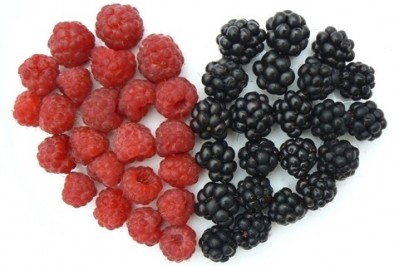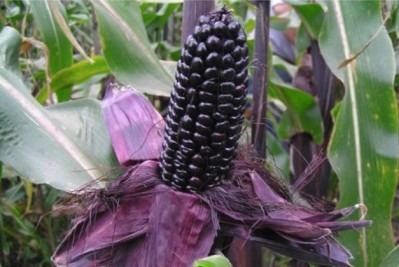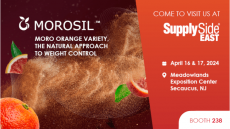Subpar rosaceae-derived supplements abundant, USDA researcher says
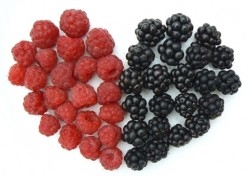
Americans today are more aware of the benefits anthocyanins have to the human body, and many nutraceutical companies are addressing this demand by producing products derived from anthocyanin-rich Rose family (Rosaceae) fruit-derived products such as strawberry, cherry, blackberry, red raspberry, and black raspberry.
“Unfortunately, there has also been increasing concern with many entries into this market due to adulteration, poor-quality source materials, and the lack of clinical trial evidence to substantiate products’ claims, writes USDA Research Food Technologist Jungmin Lee in a recent study.
For her comparative research, Lee analysed the anthocyanin concentrations and profiles of 33 dietary supplements and 41 food products that contain Rose family fruits.
Products sampled
Lee used supplements and food products that are available on the market, purchased from local marketplaces in Boise and Nampa in Idaho, as well as online from Amazon Marketplace.
Dietary supplements included dried whole fruit, bulk loose powder, capsules, tablets, or extracts. Food products included juice, juice concentrate, dried whole fruit, loose powder, jam, preserve, spread, and pie filling forms.
“Capsulized samples were removed from their shells, and only the capsule contents were extracted,” the report said. “Samples that were in the form of tablets and whole dried fruit were powdered using an IKA Tube Mill control, equipped with 40 mL disposable grinding chambers.”
The analysis used a method outlined in a previous study, which involves eluting anthocyanins and analyzing the peaks by HPLC, using obtained mass-to-change ratio, retention time comparison, and UV-VIS spectra.
Findings
After analysis, Lee said that dietary supplements anthocyanin concentrations ranged from 3.20 to 1725.34 in mg/100 g, while the food products concentrations ranged from 0.72 to 454.99 in mg/100 g and 0.48 to 39.66 mg per serving.
“Dietary supplements' anthocyanin concentration range was higher in mg/100 g, though this might be due to the fact that most of the dietary supplements were dry, while the food items tested were mostly in wet forms,” she wrote.
“No measurable anthocyanins”
“Some samples of each group (n = 5 dietary supplements and n = 5 food products) had no measureable anthocyanins,” she added.
Furthermore, adulteration was detected in three dietary supplement samples, where the products contained anthocyanins from sources other than the labeled ingredients. Lee found that over 20% of dietary supplements did not contain labelled ingredients.
Lee further broke down the supplements and food products based on fruits source and found some notable trends. For example, nine out of 11 strawberry products contained measurable levels of anthocyanin, with freeze-dried whole fruits having the highest levels.
Measured as whole groups, Lee concluded that “there was no significant difference in anthocyanin concentration between dietary supplements and food products in mg per serving,” and that “over 20% of the Rosaceae dietary supplements evaluated contained no detectable anthocyanins, or had unlabeled anthocyanins despite promising specific sources of anthocyanins on the packaging.”
Based on the findings, Lee presses for increasing anthocyanin content and reducing adulteration in the dietary supplement realm, and encourages the consumption of fresh fruit, saying that “the most effective way to increase dietary phenolics is to choose fresh fruit sources whenever possible.”
Source: NFS Journal
Published online ahead of print, doi:10.1016/j.nfs.2016.04.001
Rosaceae products: Anthocyanin quality and comparisons between dietary supplements and foods
Author: Jungmin Lee
